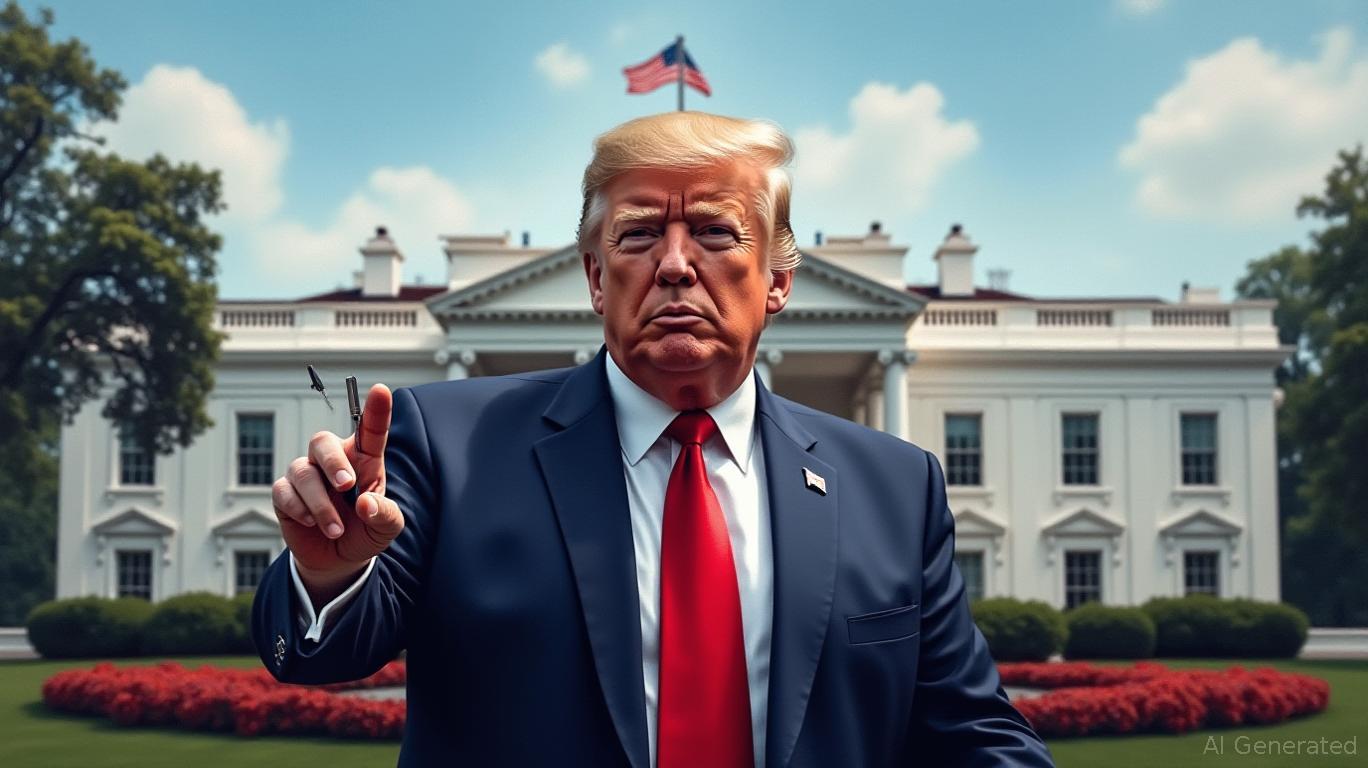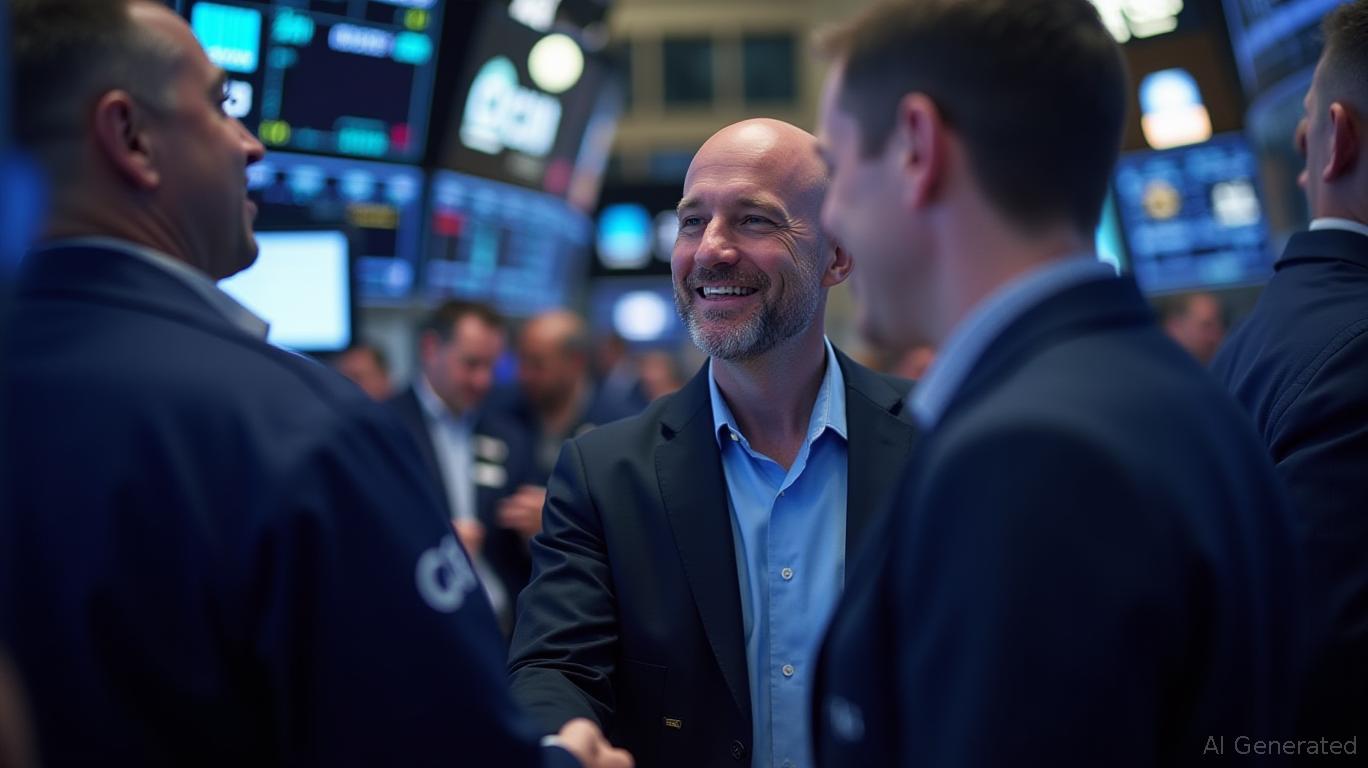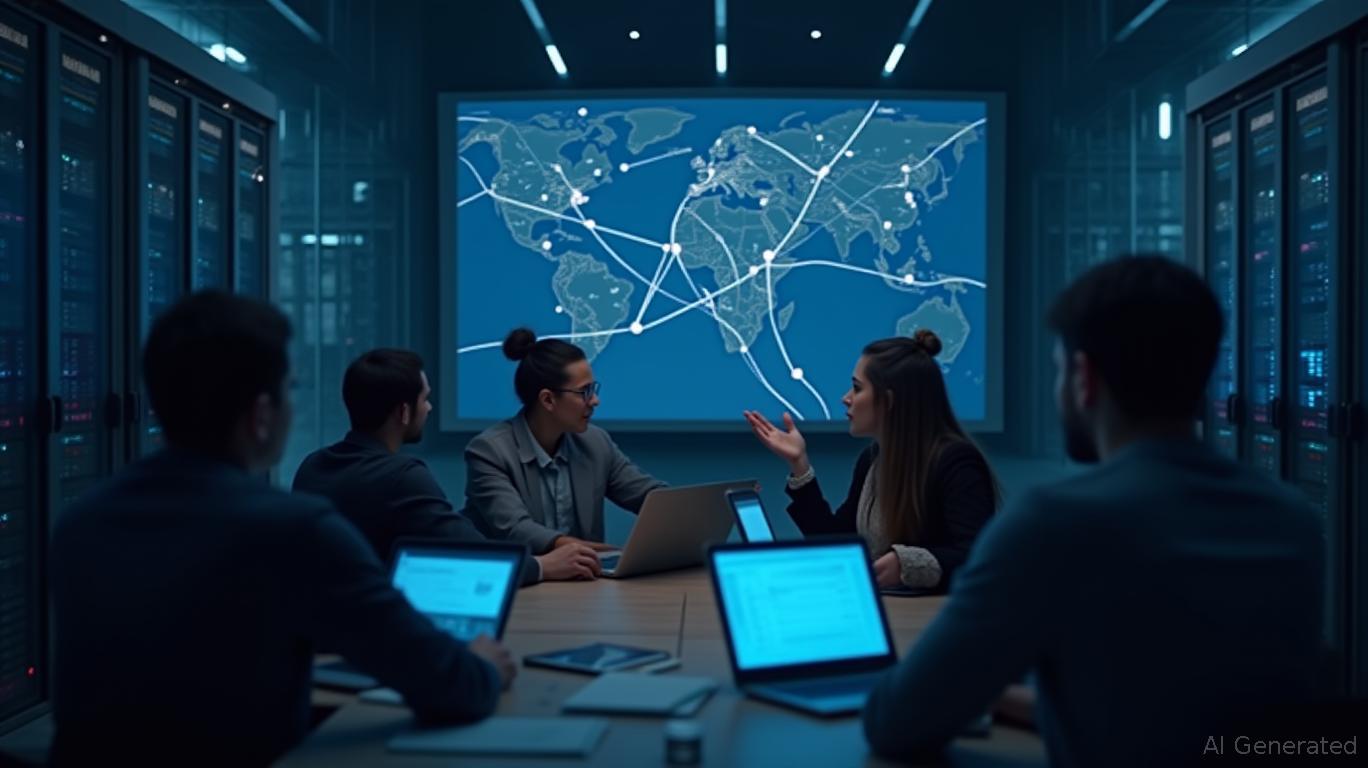Decentralization Research Center Introduces Framework to Evaluate Network Control
Decentralization is under the spotlight as a new policy framework from the Decentralization Research Center (DRC) introduces a clear-cut approach to evaluating decentralization. The framework emphasizes that decentralization should be assessed based on control, specifically whether any individual or group can unilaterally control the network. If such control exists, the network is considered centralized; if not, it is decentralized. This straightforward criterion aims to cut through the ambiguity surrounding decentralization and provide a practical guide for regulators and developers alike.
Ask Aime: "Is the new DRC framework for evaluating decentralization clear? How does it impact the assessment of control in blockchain networks?"
The DRC's report outlines seven key principles to ensure decentralization through legal frameworks. These principles include networks being open-source, permissionless, autonomous, credibly neutral, noncustodial, economically independent, and broadly distributed. The report serves as a blueprint for regulators, offering a path to promote decentralization without stifling innovation. Notably, the DRC acknowledges the need for practical solutions, such as security councils, which can intervene during emergencies without compromising decentralization. These councils must be properly constrained, disclosed, and accountable to maintain the integrity of the decentralized system.
One example highlighted in the report is Arbitrum, an Ethereum layer-2 rollup. Despite initial governance challenges, Arbitrum has implemented a security council with 12 members, demonstrating a commitment to transparency and accountability. This structure, while not perfect, shows that decentralization can coexist with necessary human intervention, as long as control remains limited and accountable.
Recent developments in the blockchain space, such as Scroll's achievement of "Stage 1" status on L2BEAT, underscore the growing maturity of rollups. Scroll's Euclid upgrade introduced mechanisms for sequencer accountability, including enforced transaction inclusion and permissionless batch submission. These features enhance liveness and censorship resistance, aligning with the DRC's principles of trust minimization. However, the sustainability of these advancements is contingent on implementing key guarantees around the exit window to the Ethereum mainnet within the next 90 days.
The DRC's framework aligns with broader policy initiatives, including elements from last year's FIT21 Act and ongoing discussions with the SEC regarding safe harbor provisions. If widely adopted, this framework could address a significant regulatory challenge in the crypto industry: distinguishing between genuinely decentralized projects and those that merely adopt decentralized labels for centralized technologies. By focusing on control dynamics rather than vague notions of decentralization, the DRC provides a common language for builders and policymakers, fostering a more transparent and regulated environment.
As the blockchain industry continues to evolve, the push for genuine decentralization becomes increasingly crucial. The DRC's approach offers a clear path forward, emphasizing the need for decentralization not just in code, but also in law. This dual focus is essential for ensuring that blockchain technology fulfills its original promise of creating open, trustless systems, rather than replicating the centralized structures of traditional tech industries. The next two years will be pivotal in determining whether blockchain can achieve true decentralization or succumb to the easier, but more extractive, path of centralization.











